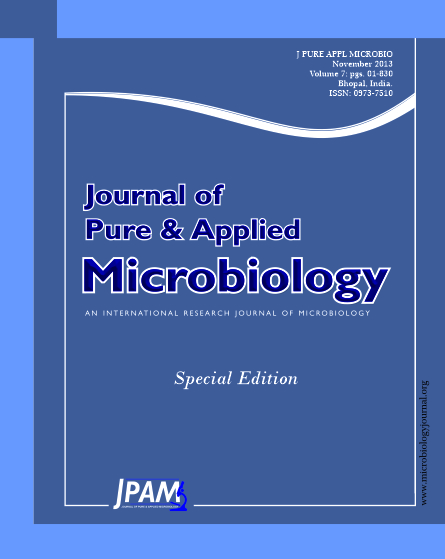Pathogenic bacteria remain a major health problem as their treatments with antibiotics lead to bacterial resistance. Three nanoemulsions (NEa, NEb and NEc) were produced by mixing soya phosphatidylcholine (SPC), polyoxyethylenglycerol trihydroxystearate 40 (EU), sodium oleate (SO), cholesterol (CHO) and 0.1M of Tris-HCl (pH 7.22). The droplet sizes of all of NEs formulations were found in the range of 36-173.5 nm and their morphology were spherical and normally distributed, as determined by scanning electron microscope (SEM). Their antibacterial activities and mechanism of actions were examined against Staphylococcus aureus (St. aureus). It has been found that the minimum inhibitory concentration (MIC) of NEa was 1.50ml/10ml of nutrient broth (NB), while it was 1.25 ml/10ml of NB for both of NEb and NEc. The NEs formulations have affected St. aureus through changing the cell morphology and cell wall composition, reducing the cell respiration and hydrophobicity, and enhancing the potassium leakage and cell permeability to the cytoplasmic constituents. This study suggests that the lipid-based NE formulations have great potential as antibacterial agents against St. aureus.
Minimum inhibitory concentration, Scanning electron microscope, Cell respiration, Cell permeability, Cell morphology, Pathogens
© The Author(s) 2013. Open Access. This article is distributed under the terms of the Creative Commons Attribution 4.0 International License which permits unrestricted use, sharing, distribution, and reproduction in any medium, provided you give appropriate credit to the original author(s) and the source, provide a link to the Creative Commons license, and indicate if changes were made.


